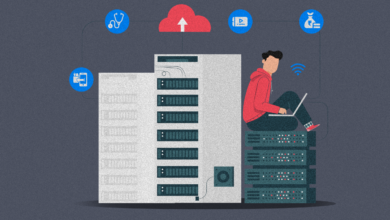policies
-
Trends

India’s Policy Paralysis Where PM Posters Shine Bright In Showrooms But Potholes In Road Swallow Cars…
In September 2025, auto dealerships across India were instructed by the Ministry of Heavy Industries to display posters showcasing recent…
Read More » -
Trends

PM Modi Cautions Against “Irresponsible” Financial Policies
PM Modi Cautions Against “Irresponsible” Financial Policies 2023 Prime Minister Narendra Modi has emphasised the necessity for fiscal responsibility and…
Read More » -
Trends

Deep Tech Startups : Government Launches Draft Policy to Address Issues 2023
Deep Tech Startups : Government Launches Draft Policy to Address Issues 2023 As of May 2023, 10,298 DPIIT-recognized firms were…
Read More » -
Trends

SCO And India’s Geostrategic Needs
SCO And India’s Geostrategic Needs In 1991, the Soviet Union collapsed, and India lost its largest political, military, and economic…
Read More » -
Trends

Top 20 Political Organizations Companies in 2023
Welcome to an overview of the top 20 political organizations companies in 2023. These companies play a significant role in…
Read More » -
Trends

Top 20 Best Think Tanks Company In India 2023
Think tanks play a vital role in shaping public policy, providing research, and offering expert analysis on various socio-economic and…
Read More » -
Trends

India’s Rise Is Not Dependent On Pakistan
India’s Rise Is Not Dependent On Pakistan Even if Pakistan gets the IMF programme, which will unlock several billion dollars…
Read More » -
Trends

How Can Pakistan’s Economy Survive A Rs 100 To A Dollar Devaluation In 11 Months?
How Can Pakistan’s Economy Survive A Rs 100 To A Dollar Devaluation In 11 Months? With a sharp drop…
Read More » -
Trends

Top 20 Best Human Resources Services In India 2023
Top 20 Best Human Resources Services In India 2023 The human resources industry in India has experienced tremendous growth…
Read More »

